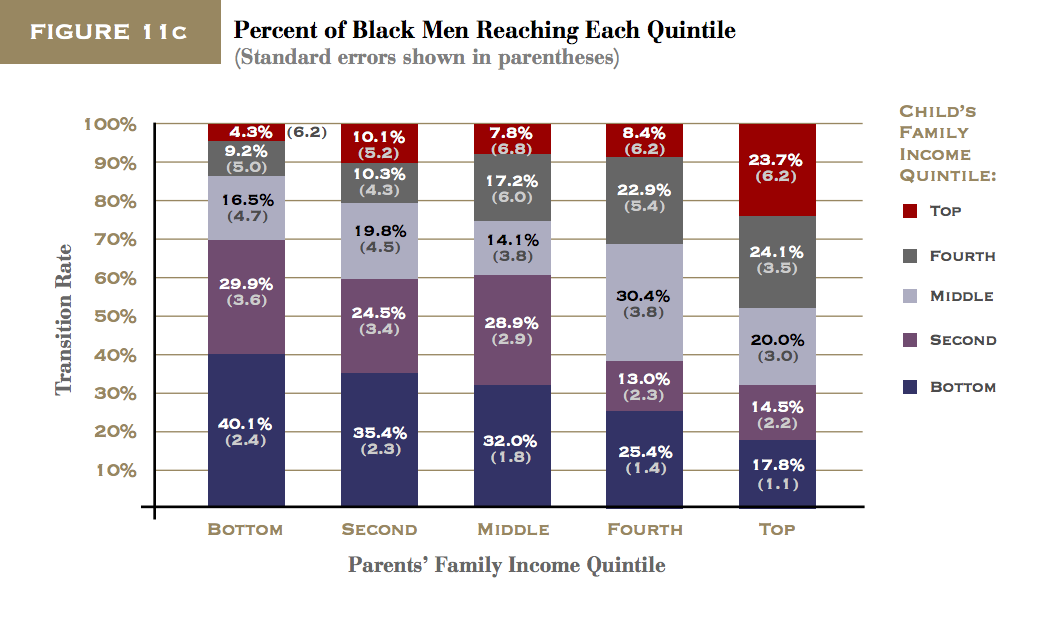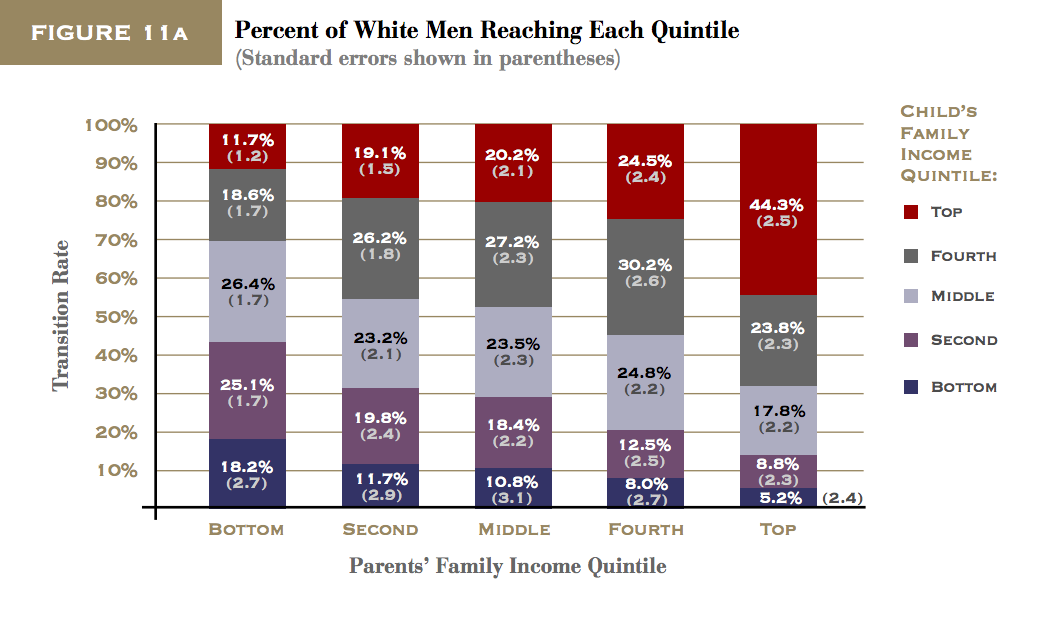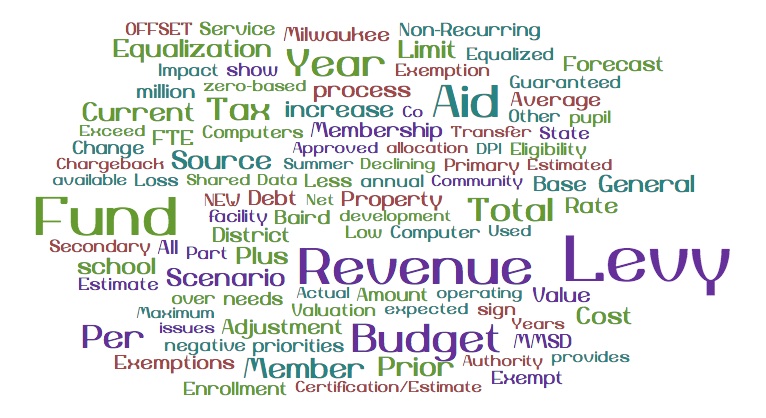In his press conference introducing Carmen Fariña as New York City’s next schools chancellor, Mayor Bill de Blasio suggested that he had picked her over several other candidates because she was on the same page with him in opposing Bloomberg-era education reforms. Most of the city’s education reporters took the new mayor’s spin and ran with it, even though Fariña had served loyally as Michael Bloomberg’s second-highest-ranking education official. Daily News columnist Juan Gonzalez predicted that Fariña would now bring “revolutionary” changes to the department of education that she left in 2006. A headline in The Hechinger Report claimed that Fariña wanted DRAMATIC–EVEN JOYFUL–DEPARTURE FROM BLOOMBERG ERA. But that depends on what Bloomberg era you’re talking about: during the years that she served in the administration, Fariña was fully on board with its education policies.
In fact, considering Fariña’s pivotal role during the first Bloomberg term in shaping the Department of Education’s radical initiatives, portraying her as a dissident from within seems absurd. Mayor Bloomberg took control of the schools in June 2002, but he knew little about what actually went on in the city’s classrooms. He appointed Joel Klein, a corporate lawyer with no background in instructional issues, as his first schools chancellor. Bloomberg and Klein deferred virtually all decision-making on classroom instruction and curriculum to a cadre of veteran progressive educators led by Diana Lam, Klein’s first deputy chancellor for teaching and learning. Lam and Fariña convinced Klein to introduce the constructivist “balanced-literacy” reading and writing program, developed by Lucy Calkins of Columbia Teachers College, along with a fuzzy constructivist-math program called Everyday Math, into just about every elementary school classroom in the city. (Klein would eventually realize that adopting balanced literacy was a serious mistake.)
In an early 2003 speech presenting his administration’s new education reforms, Mayor Bloomberg declared that the “experience of other urban school districts shows that a standardized approach to reading, writing, and math is the best way to raise student performance across the board in all subjects,” and therefore that “the chancellor’s office will dictate the curriculum.” And so it did. Lam soon became embroiled in a nepotism scandal and had to resign. Fariña then took over as deputy chancellor for instruction. She became the DOE’s enforcer, making sure that all teachers in the elementary schools toed the line and implemented Calkins’s constructivist methods for teaching reading and writing. Teachers received a list of “nonnegotiable” guidelines for arranging their classrooms, including such minute details as the requirement that there must be a rug on the floor for students to sit on in the early grades and that nothing but student work be posted on the walls.
Balanced literacy has no track record of raising the academic performance of poor minority children. No independent research study has ever evaluated its methodology. Nevertheless, it was popular in education schools because it promulgated two of progressive education’s key commandments: that teachers must abandon deadening “drill and kill” methods and that students are capable of “constructing their own knowledge.” Progressives such as Calkins evoked ideal classrooms, where young children naturally find their way to literacy without enduring boring, scripted phonics drills forced on them by automaton teachers. Instead, in a balanced-literacy classroom, students work in small groups and follow what Calkins calls the “workshop model” of cooperative learning. The program takes for granted that children can learn to read and write naturally, with minimal guidance. Calkins rejects E.D. Hirsch’s finding (based on an overwhelming consensus in cognitive-science research) that the key to improving children’s reading comprehension is grounding them in broad knowledge, which she and other progressives dismiss as “mere facts.” Calkins also believes that her model classrooms promote “social justice” for all. In an interview I conducted with her at the time the DOE selected her program, she told me that “It’s a great move to social justice to bring [balanced literacy] to every school in the city.”
That’s what Fariña tried to accomplish in the early years of the Bloomberg administration–including the social-justice part. She was instrumental in creating the most centralized, top-down instructional system in the recent history of American public education. Agents of the deputy chancellor (euphemistically called “coaches”) fanned out to almost all city elementary schools to make sure that every teacher was marching in lockstep with the department of education’s new pedagogical approach. Under the rubric of “professional development,” DOE central headquarters launched an aggressive campaign to force teachers to teach literacy and math only one way–the progressive way. Each of the city’s 80,000 teachers got a six-hour CD-ROM laying out the philosophy behind the new standardized curriculum and pedagogy. The CD portrayed the world of progressive education writ large, with all its romantic assumptions about how children learn. In addition to inculcating Calkins’s balanced literacy, the DOE’s training manual celebrated the theories of an obscure Australian education guru–Brian Cambourne of Wollongong University in New South Wales, a leader of the whole-language movement (a cousin of balanced literacy) then dominating Australian public schools. Cambourne’s ideas gave city teachers not only more balanced literacy (or whole language) theory, but also a warrant for social-justice teaching.
Cambourne claims that as a young teacher, he discovered that many of his poorly performing students were actually quite bright. To his surprise, almost all demonstrated extraordinary competence in performing challenging tasks. The son of the local bookie, for example, “couldn’t learn basic math,” according to Cambourne, “but could calculate the probability the Queen of Spades was in the deck faster than I could.” Cambourne decided that children learn better in natural settings, with a minimum of adult help–a staple of progressive-education thought. Thus the role of the educator should be to create classroom environments that stimulate children but also closely resemble the way adults work and learn. Children should no longer sit in rows facing the teacher; instead, the room should be arranged with work areas where children can construct their own knowledge, much as in Calkins’s workshop model of balanced literacy.
Such constructivist assumptions about how to teach literacy were enforced with draconian discipline in city schools for several years. Progressives like Calkins, Cambourne, and Fariña don’t insist that more learning occurs when children work in groups and in “natural” settings because they’ve followed any evidence. To the contrary, as much as it tells us anything on this issue, science makes clear that, particularly for disadvantaged children, direct, explicit instruction works best. But under Fariña, reeducation sessions for teachers were meant to overcome dissenting opinion and drive home the progressive party line. To quote the directives to teachers included on the CD: “Your students must not be sitting in rows. You must not stand at the head of the class. You must not do ‘chalk and talk’ at the blackboard. You must have a ‘workshop’ in every single reading period. Your students must be ‘active learners,’ and they must work in groups.”
As I reported at the time, some brave teachers objected. At Junior High School 44 in Manhattan, a teacher tried to point out to his supervisor, quite reasonably, that some teachers feel more comfortable with and get better results through direct instruction and other traditional methods. The school’s literacy coach, sent by the DOE, then responded: “This is the way it is. Everyone will do it this way, or you can change schools.”
Calkins was grateful for Carmen Fariña’s efforts in advancing her instructional agenda, her career, and her organization’s bottom line. (Calkins’s Readers and Writers Program at Teachers College received over $10 million in no-bid contracts from the city.) Calkins expressed her appreciation in a forward she penned for Fariña’s book, A School Leader’s Guide to Excellence, coauthored with Laura Koch, Fariña’s closest associate and collaborator at the DOE. “When Carmen and Laura took the helm of New York City’s school system, teachers, staff developers, and principals across the entire city let out a collective cheer of enthusiasm,” Calkins writes. She conjures a glorious history: “Within a week [of Fariña’s promotion to deputy chancellor for instruction] our education system began to change. Educators at every level could feel possibility in the air; the excitement was palpable.” And because of Fariña’s magic, “sound practices in the teaching of reading and writing became the talk of the town–the subject of study groups and hallway conversations in every school . . . The entire city began working together afresh to meet the challenge of improving education for all children.”
In reality, though, the balanced-literacy advocates failed in this task. The city’s eighth-grade reading scores on the National Assessment of Educational Progress (NAEP) tests barely budged over 12 years, despite a doubling of education spending–from $12 billion to $24 billion. There was no narrowing of the racial achievement gap. (In sounding his tale of two cities theme, Mayor de Blasio makes no accounting for the failure of progressive education programs to reduce the academic achievement gap between poor and middle-class children.)
Recognizing balanced literacy’s meager results, Chancellor Klein reverted to a system of more autonomous schools, giving principals far more discretion over instructional matters. Klein apparently came to believe that he had been misled by Fariña and Calkins. The chancellor then became a supporter of Hirsch’s Core Knowledge curriculum, with its focus on direct instruction and the teaching of broad content knowledge. He set up a three-year pilot program, matching ten elementary schools using the Hirsch early-grade literacy curriculum against a demographically similar cohort of ten schools that used balanced literacy. The children in the Core Knowledge schools significantly outperformed those in the schools using the Calkins approach.
Still opposing the direct teaching of factual knowledge, Fariña recently shrugged off the pilot study, saying that not enough schools were involved. But if Fariña is serious about that criticism, she now has an opportunity to run a much larger evaluation of Core Knowledge. As a result of the city’s adoption of the Common Core State Standards and of aligned curricula emphasizing the “rich content knowledge” that the standards require, 71 elementary school principals have chosen to use Hirsch’s Core Knowledge literacy program in their schools.
Let Fariña visit and study those schools over the next year. If she really is committed to changing the tale of two cities, as she and the new mayor claim to be, one way to start would be to cast aside ideology and judge whether those Core Knowledge classrooms, drenched in “mere facts,” are actually the key to narrowing the devastating knowledge gap between middle-class kids and poor children, who begin school with little knowledge of the world and with a stunted vocabulary. She might also find that there is at least as much “joy” in classrooms in which children get taught explicitly about the world around them as there is in classrooms in which children “construct” their own knowledge.







